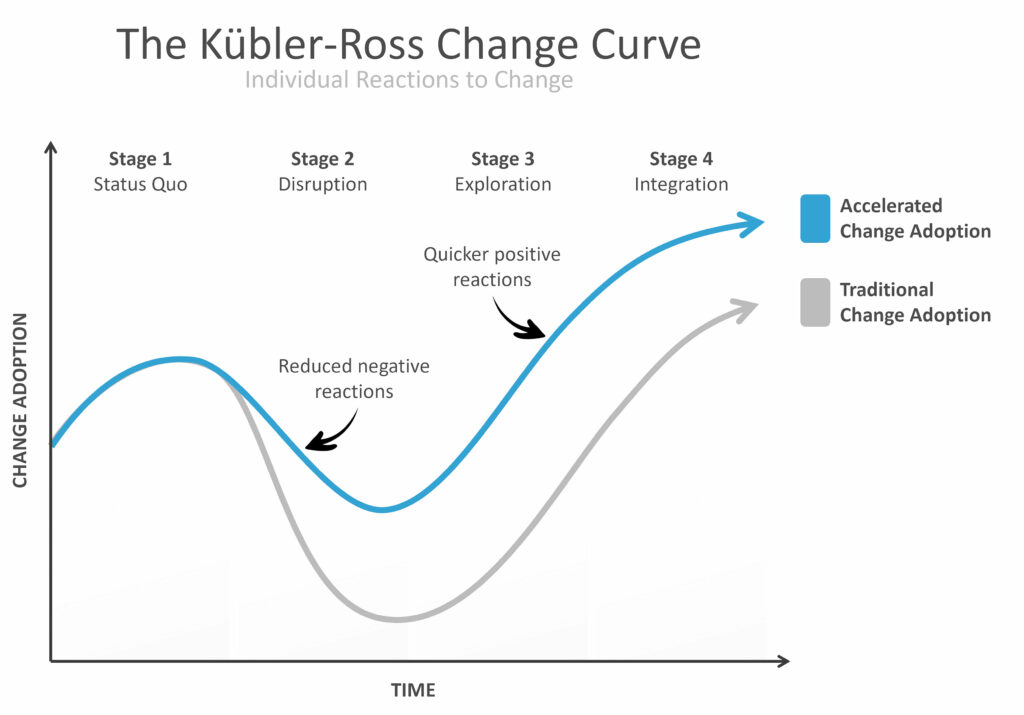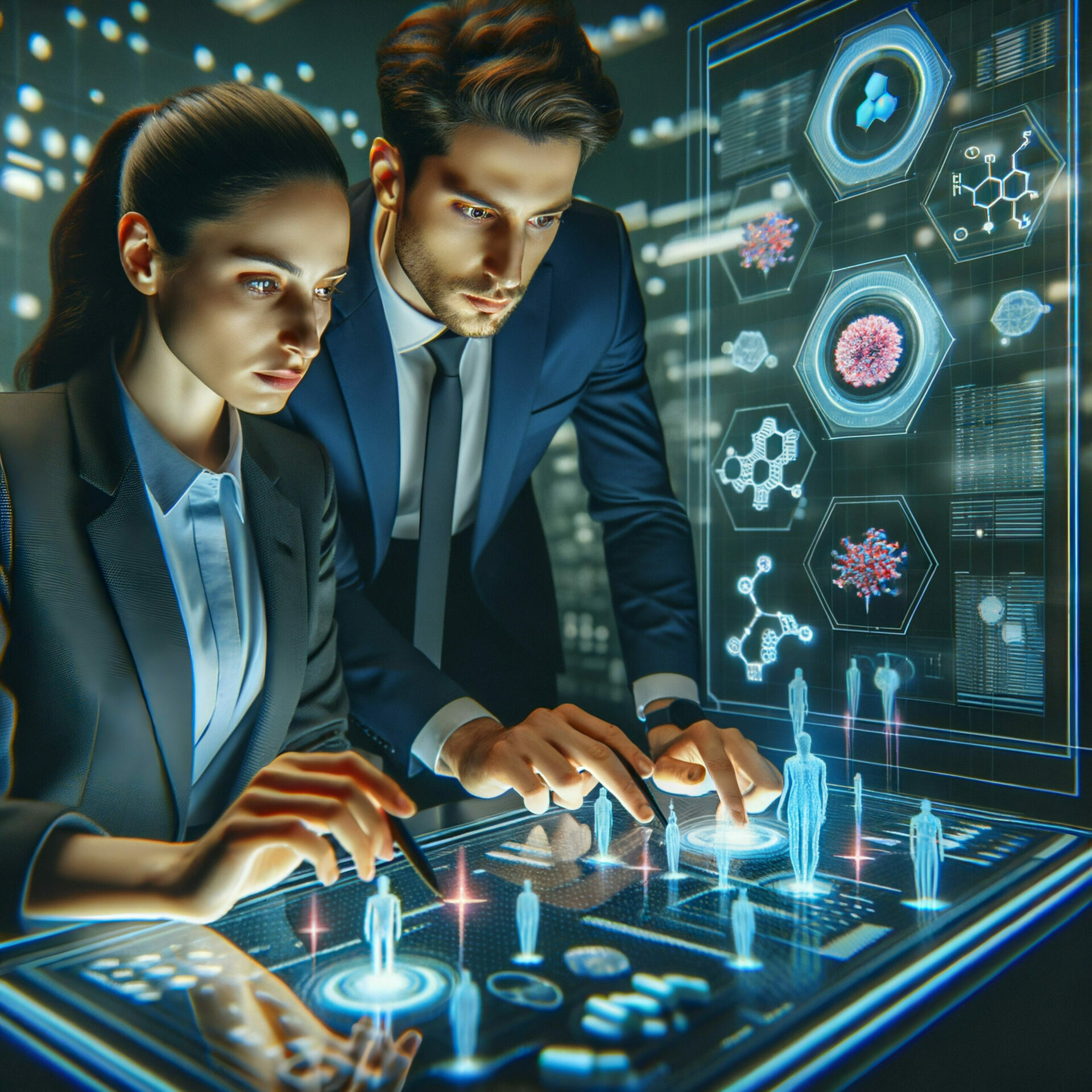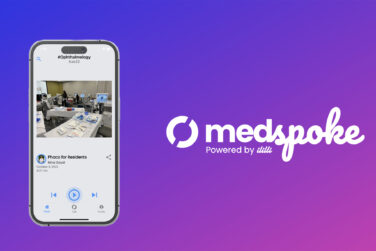Addressing fear around AI can turn it into a great asset for the industry. Embracing a collaboration with AI could help us more than we imagined.
The era of Artificial Intelligence (AI) is upon us, and the classic showdown between machines and humans is being transformed. Let’s abandon the doomsday prognosis and move toward a future in which humans and machines are not rivals but instead allies. Let’s embrace
a collaboration in which AI is a work enhancer that turns the daily grind into an adventure.
AI Decoded
It may feel like there’s a jargon jungle, so let’s decode a couple of AI functionalities. AI can fall into two broad categories: predictive and generative. Predictive AI makes informed guesses and predicts task sequences. Generative AI produces content based on learned knowledge and patterns. AI-powered tools can be integrated like Microsoft Designer in PowerPoint or standalone like ChatGPT. The diversity of AI functionalities means there’s likely a tool to enhance your work.
Organizational Evolution: Navigating Change in/with AI
The era of AI is revolutionizing workplaces.
It’s reshaping our concept of work and how leaders approach the organizational landscape. Management consultants, seasoned in change management, draw from the punctuated equilibrium model. This portrays organizations as experiencing periods of stability that are punctuated by rapid change. The surge of AI is disrupting the conventional state of work, necessitating strategic shifts of the deep organizational dynamics to successfully navigate the era of AI.

Crafting the perfect prompt for generative AI is a top resume skill in this new era.
Zooming into individual reactions, the Kübler-Ross Change Curve conceptualizes potential emotional stages during significant change or loss. Acknowledging and planning for the emotional, cognitive, and behavioral aspects of change accelerates adoption. A mindful approach to these individual reactions can reshape the trajectory of AI implementation, mitigating negative reactions and facilitating acceptance.
Mastering the Machine: AI as Your Next Skill Set
There’s a new trend in skill sets—AI literacy. Traditional digital literacy before the widespread use of AI is stepping out of the spotlight. Crafting the perfect prompt for generative AI is a top resume skill in this new era. Advertising skills such as manual market research and synthesis are now enhanced by data-driven insights and predictive analytics.
Bid farewell to mundane tasks and welcome strategic thinking. With AI integration, routine tasks are accelerated and optimized, increasing the cognitive power available for interpretation and decision-making. Before AI, marketers were tasked with manually allocating campaign budgets across various campaigns and channels, using personal experience and manual review of historical data. Now, AI algorithms use predictive analytics to optimize and automate budget and resource allocation in real time based on the most impactful channels and campaigns. This optimization allows marketers to focus on strategic campaign direction. Strategic implementation of training programs for humans to learn AI will expedite human preparedness to integrate. The era of AI presents more than just a task shift—it prompts a paradigm shift.
What Can’t be Replaced by AI
Despite the magnificent advances of AI, it still has significant shortcomings that
humans outrival. Here is the concept of the uncanny valley–the unease when machines visually attempt human likeness. With AI functionality and aesthetics closely intertwined, machines have a while to go before nearing humans in the realm of soft skills. AI struggles to catch the nuances of human connections, resulting in missing the subtleties that build connections and relationships. Trust is the glue that holds collaboration together, supporting the idea that building trust is a human emotional masterpiece, even in an AI-driven world. Additionally, leadership and influence involve inspiration, empathy, and navigating the unpredictable, showing that human guidance has power over AI. Human leaders will need to tap into their ability to connect beyond code to thoughtfully accelerate change acceptance. Whether in capturing patient drug awareness through a screen or
in patient-doctor conversations, humans still excel in the art of relationship building.
Humans are also skilled in dancing with chaos. The power of human adaptability involves innovation and agile critical thinking. When unique challenges arise, humans thrive at adapting with accuracy while instilling trust through empathy. From generalizing knowledge and skills to new and unfamiliar situations to innovative problem-solving and deep critical thinking, humans adapt better than algorithms. AI excels at using historical data analysis to predict patterns, such as in assessing radiology scans. However, in the fast-paced marketing industry, humans currently outperform with understanding and genuine creativity in navigating sudden shifts or emerging trends in consumer behavior. For example, social media trends or sudden market sentiment shifts. Without prior patterns, AI would struggle where humans would achieve successful results.
Ethical decision-making is another example of human indispensability. Humans are at the helm with the ability to discern right from wrong and the responsibility for the consequences of decisions. Remember, at the end of the day, AI is programmed by humans, susceptible to the biases and
ethical viewpoints of the people who create them. Ultimately, humans must maintain accountability and lead AI regulation.
Redefining Work Dynamics: Humans and AI as Allies
The AI revolution is not about AI taking over work–it is about how humans can use AI to empower our work. Picture that you optimize your marketing strategy by training AI to predict the most successful tactics for your audience, based on your previous successes and failures.
AI is the crew maintaining the ship while the humans are steering the strategy. For example, prior to AI, crafting and testing advertisements involved manual A/B testing with iterative adjustments often based on the marketing professional’s intuition. With AI-driven tools, user behavior is analyzed
in real time with automated messaging identification without manual intervention. As a leader of change, help your fellow humans make sense of the new work dynamics by exploring their worries and reinforcing the benefits.
With AI integrated, the value of manual tasks is diminishing. Take marketing graphic design, for example—what was once fully meticulous can now be automated and optimized. However, artists should not fear replacement and instead level up by mastering AI and making it their creative collaborator. Graphic designers can elevate efficiency and quality by viewing AI as an opportunity for upskilling and mastering it. With AI- generated advertising images, marketing graphic artists adjust prompts or manually adjust the images for the desired results.
The Renaissance of Creativity Humans are at the forefront of true innovation, inspiring a renaissance of creativity. This is less a revival and more a spotlight on the distinct aspects of humans’ subjective experiences—true creativity. Generative AI rules patterns, but true novelty is the kingdom of
humans. Especially as the world is flooded with AI-generated content, human creativity shines by breaking free from historical norms or patterns. AI can produce novel outputs, but they stem
from the data it is trained on rather than true original thought or comprehension. In other words, it rearranges learned trends and patterns to generate content. Whether crafting campaign strategies to effectively deliver information or inventing new medical device designs to save lives, humans stand out.
Mindset Metamorphosis: Navigating Tomorrow with Open Minds
For ongoing success in the ever-changing work landscape, adopting a growth mindset by viewing challenges as opportunities ensures we stay relevant. We can influence the AI revolution by proactively acquiring new skills and leading change. The path ahead is uncharted, so let’s progress responsibly with open minds guided by long-term, ethical considerations. The power is in our hands—we decide how AI is blended into various roles and organizational tiers. Gauge the benefits and decide the goals of incorporating AI earlier to ensure it enhances your work rather than disrupts it. Strategically, creatively, and mindfully managing is the key to successful integration when facing any change. With AI as our work amplifier, we can effectively enhance work dynamics through integration and collaboration.












